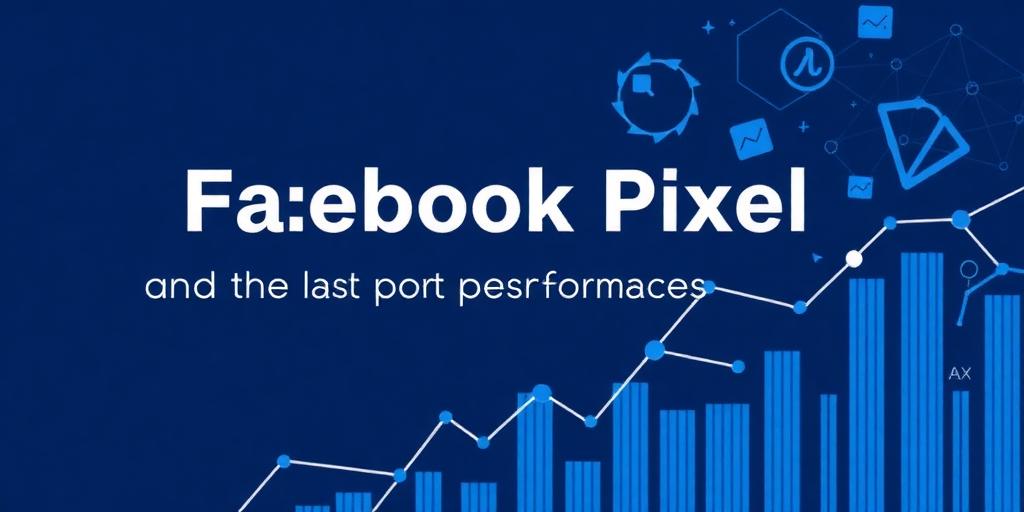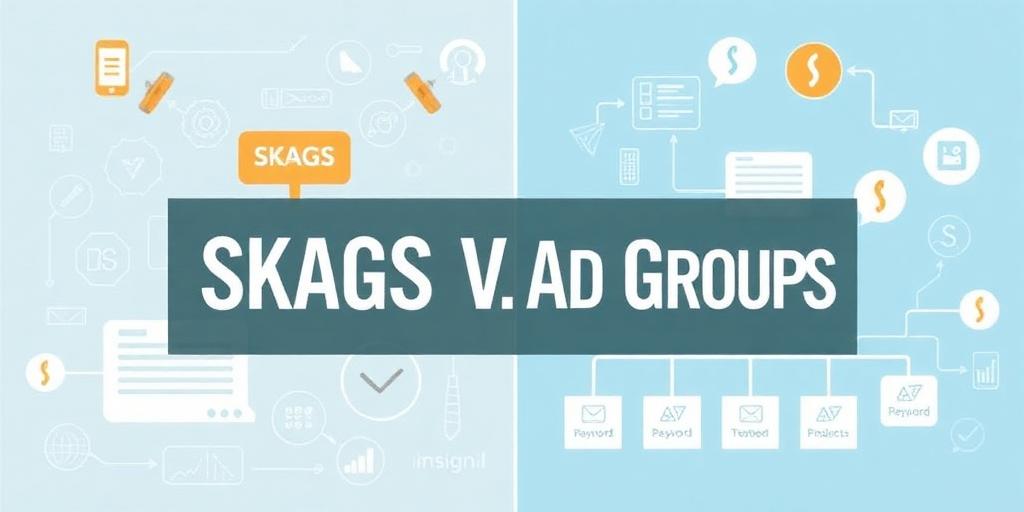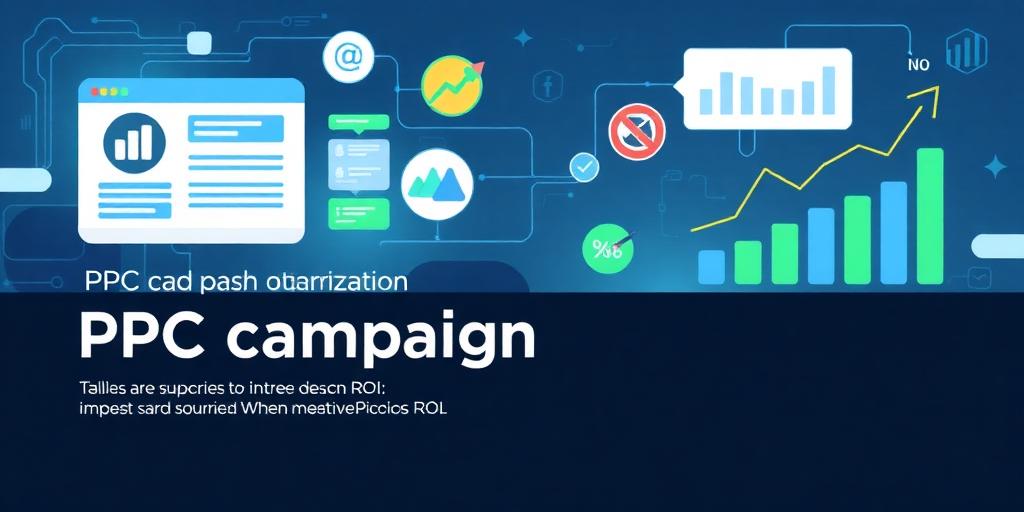Crafting your first blog post can feel like navigating uncharted territory. With so many voices online, how do you ensure your content not only reaches an audience but also resonates with them? This step-by-step guide provides a structured approach to optimizing your initial blog post, setting you up for long-term success.
Step 1: Define Your Niche and Audience
Before typing a single word, clarity on your blog's niche is paramount. Ask yourself:
- What specific topic will I cover?
- Who is my target reader?
- What problems can I solve for them?
Understanding your audience dictates the tone, style, and content of your post. Are you speaking to beginners or seasoned professionals? Tailor your language accordingly.
Step 2: Keyword Research: Laying the SEO Foundation
Keywords are the bridge connecting your content to search engines. Start with a primary keyword that encapsulates your blog post's main topic. Then, identify 3-5 long-tail keywords – longer, more specific phrases that reflect what users actually search for. Tools like Google Keyword Planner, Ahrefs, or SEMrush can aid this process. Naturally integrate these keywords into your title, headings, body text, and image alt tags.
Step 3: Structuring Your Blog Post for Readability
Online readers scan, they don't meticulously read every word. Therefore, structure is key. Employ these tactics:
- Compelling Headline: Attract readers from the outset.
- Clear Introduction: State the purpose of your post upfront.
- Logical Subheadings: Break down the content into digestible sections.
- Bullet Points and Lists: Organize information for easy consumption.
- Visuals: Incorporate relevant images or videos to enhance engagement.
- Concise Paragraphs: Keep paragraphs short and focused.
- Strong Conclusion: Summarize key takeaways and call to action.
Step 4: Writing Engaging Content
Content is king, but engagement is queen. Write in a clear, concise, and authoritative voice. Back up your claims with data or examples. Keep sentences varied to avoid monotony. Most importantly, focus on providing value to the reader.
Step 5: Optimizing for On-Page SEO
SEO isn't just about keywords. On-page optimization ensures your post is search engine-friendly:
- Title Tag: Include your primary keyword; keep it under 60 characters.
- Meta Description: A concise summary of your post (under 160 characters) that entices clicks from search results.
- URL: Use a short, keyword-rich URL.
- Image Alt Tags: Describe your images with relevant keywords.
- Internal and External Links: Link to other relevant content on your site and authoritative external sources.
Step 6: Proofreading and Editing: Polishing Your Work
Typos and grammatical errors erode credibility. Before publishing, meticulously proofread your post. Tools like Grammarly can assist. Read your post aloud to catch awkward phrasing. Consider having a colleague or friend review it with fresh eyes.
Step 7: Promoting Your Blog Post
Creating great content is only half the battle. Promote your post through:
- Social Media: Share your post across relevant platforms.
- Email Marketing: Notify your subscribers about new content.
- Guest Blogging: Reach new audiences by contributing to other blogs in your niche.
- Online Communities: Share your post in relevant forums and groups.
Step 8: Analyze and Iterate
Publishing is not the finish line; it’s the starting point. Track your post's performance using tools like Google Analytics. Monitor metrics such as page views, bounce rate, and time on page. Analyze what's working and what's not. Use these insights to refine your future content strategy. Consistently iterate and improve your approach based on data and user feedback.
By following these steps, you can optimize your first blog post for both search engines and readers, setting a strong foundation for your blogging journey.









